Introduction: Why Tool Storage Matters in Plumbing
Whether you’re tackling your first DIY repair or running a busy plumbing business, the tools you use are among your most valuable assets. Yet, too often, plumbing tools end up scattered, improperly stored, or damaged due to lack of organization. The result? Lost productivity, wasted money on replacements, safety hazards, and the frustration of not finding the right tool when you need it most.
Proper storage and organization of plumbing tools isn’t just about tidiness—it’s about protecting your investment, extending tool life, and ensuring every job goes smoothly. This guide dives deep into practical strategies for organizing, storing, and maintaining plumbing tools. We’ll cover storage solutions for every budget and space, tips to prevent rust and wear, mobile setups for on-the-go work, and essential maintenance routines. Whether you’re a DIY enthusiast with a few key tools or a pro with a fully equipped van, you’ll find actionable advice to level up your workspace and safeguard your gear.
Assessing Your Tool Inventory
Step 1: Take Stock
Start by gathering every tool you own. Lay them out in a clear space—garage floor, workbench, or even a large table. Group tools by type (wrenches, pipe cutters, soldering tools, etc.) and frequency of use. This process helps you identify duplicates, lost items, and tools in need of repair or replacement.
Step 2: Declutter and Prioritize
- Discard damaged or obsolete tools: If a tool is beyond repair or obsolete due to code changes, responsibly dispose of or recycle it.
- Prioritize essentials: Set aside your most-used tools for easy access. Less commonly used specialty items can be stored separately.
Step 3: Take Inventory
Document your tools with a simple spreadsheet or inventory app. Note purchase dates, serial numbers, and current condition. This helps with insurance claims and keeps you aware of what you own.
Choosing the Right Storage Solutions
Wall-Mounted Systems
Pegboards: Pegboards are a classic for a reason. They allow you to hang tools vertically, keeping them visible and accessible. Use hooks and baskets for different tool shapes and sizes. Label each spot to maintain consistency.
Slatwall Panels: A step up from pegboards, slatwalls offer more robust and customizable mounting options, including heavy-duty hooks and shelves for bulkier tools.
Tool Chests and Cabinets
For small hand tools and delicate instruments (like pipe threading dies or specialty wrenches), drawer-based tool chests are ideal. Look for cabinets with ball-bearing slides, foam liners to prevent movement, and lockable drawers for security. Mobile tool cabinets can be rolled to different work areas.
Open Shelving and Bins
Open shelves are perfect for storing larger items such as pipe benders, buckets, or boxed supplies. Use labeled bins or crates for related small parts—like O-rings, washers, and fittings—to prevent clutter.
Magnetic Tool Holders
Magnetic strips are excellent for frequently used metal tools (pipe wrenches, pliers, screwdrivers). Mount them above your workbench for quick access.
DIY Storage Hacks
- PVC Pipe Holders: Cut sections of large-diameter PVC pipe to create custom holders for long tools or extension handles.
- Repurposed Cabinets: Old kitchen cabinets can be upcycled for tool storage with a few modifications.
Mobile Storage for On-the-Go Plumbers
Tool Bags and Totes
Choose bags with reinforced bottoms, multiple compartments, and sturdy handles or straps. Bucket organizers are a budget-friendly option for carrying a selection of tools into tight spaces.
Rolling Toolboxes
For larger jobs or when transporting many tools, rolling toolboxes provide durability and mobility. Opt for models with weather-resistant seals and lockable compartments.
Van and Truck Organization
- Custom Racking Systems: Commercial racking systems offer shelves, bins, and locking drawers tailored for plumbing tools and parts.
- DIY Van Builds: Use plywood, angle brackets, and heavy-duty bins to construct your own storage in a work van or truck bed.
- Securing Tools: Always secure heavy items to prevent movement during transit. Use straps or bungee cords to anchor toolboxes and bins.
Protecting Tools from Damage and Theft
Preventing Rust and Corrosion
- Climate Control: Store tools in a dry, temperature-controlled environment when possible. Use dehumidifiers or silica gel packs in damp basements or garages.
- Cleaning After Use: Wipe down tools with a dry cloth after each job. For tools exposed to water or chemicals, use a light machine oil to coat metal surfaces.
- Dedicated Rust-Proof Storage: Invest in rust-inhibiting drawer liners or vapor corrosion inhibitor (VCI) toolboxes.
Theft Prevention
- Lockable Storage: Use lockable tool chests, cabinets, or van compartments. Always lock up when leaving the job site.
- Tool Tracking: Consider GPS trackers for high-value tools. Mark tools with engravings or unique paint to deter theft and aid recovery.
- Insurance Documentation: Keep updated records and photos of your tools for insurance claims in case of loss.
Organizational Strategies for Maximum Efficiency
Zone Your Workspace
Divide your shop or garage into functional zones: cutting, assembly, storage, and cleaning. Place tools near the areas where they’re used most. For example, pipe cutters and reamers near the cutting bench; soldering tools near the assembly zone.
Label Everything
Clearly label shelves, bins, and tool locations. This helps everyone (including helpers or employees) return tools to their correct spot, reducing loss and confusion.
Go Vertical
Maximize floor space by mounting shelves, pegboards, and cabinets on walls. Ceiling-mounted racks can hold rarely used items or longer lengths of pipe.
Color Coding
Assign color codes to bins or tool handles for quick identification—e.g., blue for copper work, red for drain cleaning, green for testing equipment.
Routine Maintenance: Keeping Tools Ready for Action
Cleaning and Inspection Schedule
- After Each Use: Remove dirt, grime, and water. Inspect for visible damage.
- Weekly: Check moving parts for smooth action. Lubricate where needed. Tighten loose screws or handles.
- Monthly: Inspect power tools and meters for frayed cords, battery condition, and calibration. Replace worn parts promptly.
Sharpening and Calibration
Keep pipe cutters, snips, and blades sharp. Dull tools are less effective and more dangerous. Power tools and pressure gauges should be calibrated regularly for accuracy.
Replacement Planning
Track the lifespan of consumables (blades, batteries, O-rings) and set reminders to restock before running out.
Space-Saving Solutions for Small Workshops
Fold-Down Workbenches
Install a wall-mounted, fold-down workbench to save floor space when it’s not in use.
Stackable Storage
Use stackable bins and modular drawer units to maximize vertical storage without cluttering the workspace.
Hidden Storage
Utilize space beneath benches or stairs for pull-out drawers or rolling carts.
Digital Tools: Inventory and Maintenance Apps
Inventory Management Software
Apps like Sortly, ToolWatch, or simple spreadsheet templates can help track tool locations, maintenance schedules, and purchase history. Some allow barcode or QR code scanning for fast check-in/out.
Maintenance Reminders
Set up calendar alerts for routine maintenance, calibration, and cleaning tasks. This ensures no tool falls through the cracks.
Upgrading and Customizing Your Storage
Modular Storage Systems
Brands like Milwaukee, DeWalt, and Bosch offer modular storage units that stack and lock together—ideal for growing tool collections or specialized kits.
Custom Foam Inserts
Create foam tool organizers by tracing your tools and cutting out shapes. This protects tools from jostling and makes it easy to spot missing items instantly.
Lighting and Power
Good lighting above workbench and storage areas reduces mistakes and improves safety. Add power strips or charging stations for cordless tools.
Common Mistakes to Avoid
- Storing wet tools, leading to rust and corrosion.
- Overfilling drawers or bins, risking damage and making it hard to find tools.
- Ignoring regular maintenance and cleaning.
- Leaving tools unsecured in vehicles or on job sites.
- Failing to label or organize, causing loss and inefficiency.
Conclusion: Invest in Organization—Reap the Rewards
Effective tool storage and organization is not just a matter of convenience—it’s a critical component of your success as a plumber, whether you’re a seasoned professional or a weekend DIYer. By investing time and effort into organizing your plumbing tools, you protect them from damage, loss, and theft, and you create a safer, more efficient workspace. The benefits are tangible: fewer lost tools, reduced replacement costs, and the confidence of knowing your equipment is always ready for action.
Remember, the best storage solution is the one that fits your space, workflow, and budget. Start small if needed—pegboards and bins can make a huge difference. As your tool collection or business grows, upgrade to modular systems, custom van racking, or digital inventory tracking. Maintain your tools diligently, label everything, and review your setup regularly for improvements. In the long run, these habits will save you time, money, and frustration, enabling you to tackle any plumbing challenge with the right tool at hand—every time.
Ready to give your plumbing tools the care they deserve? Start organizing today and experience the difference a well-ordered workspace can make!

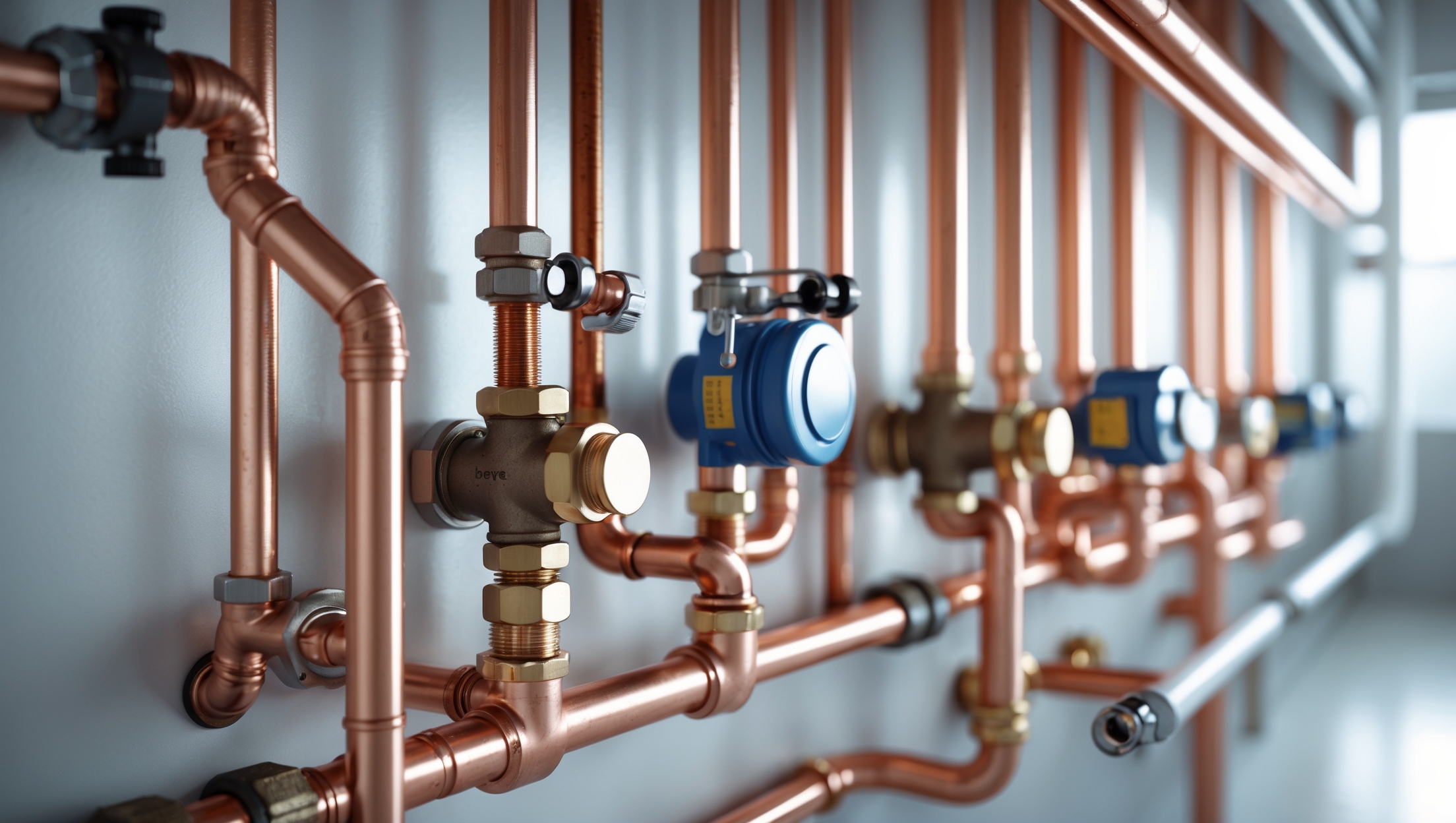


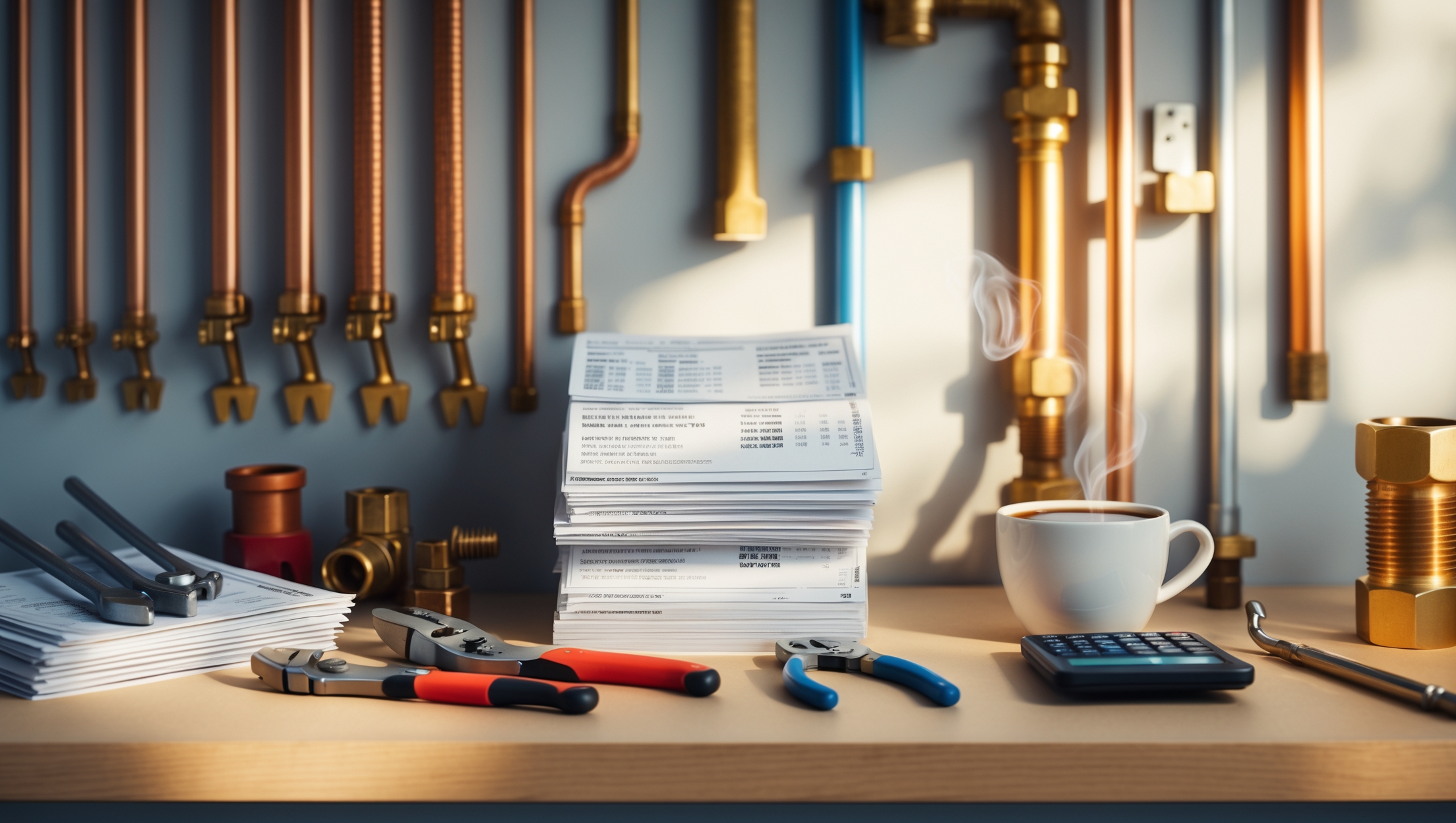

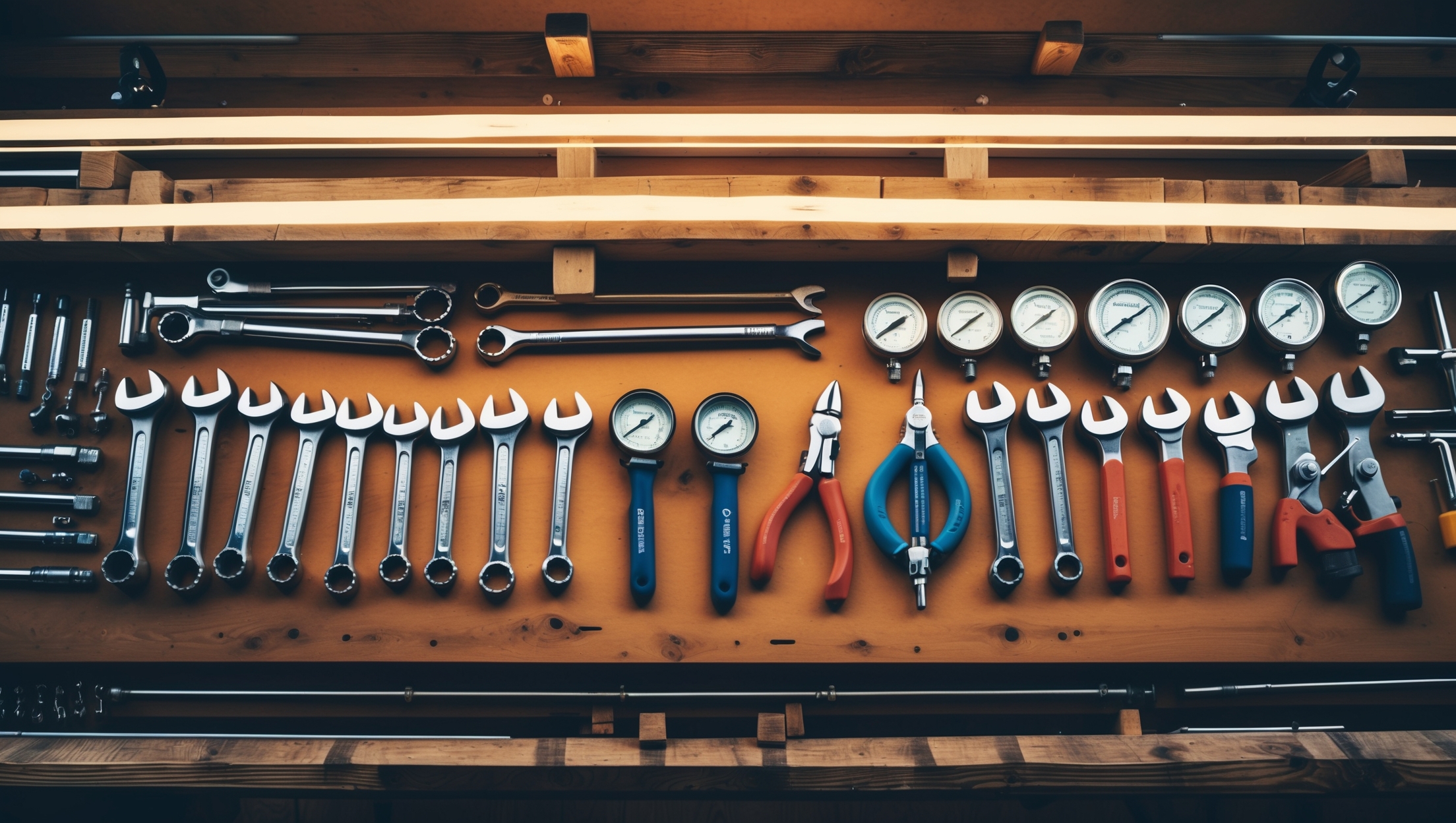
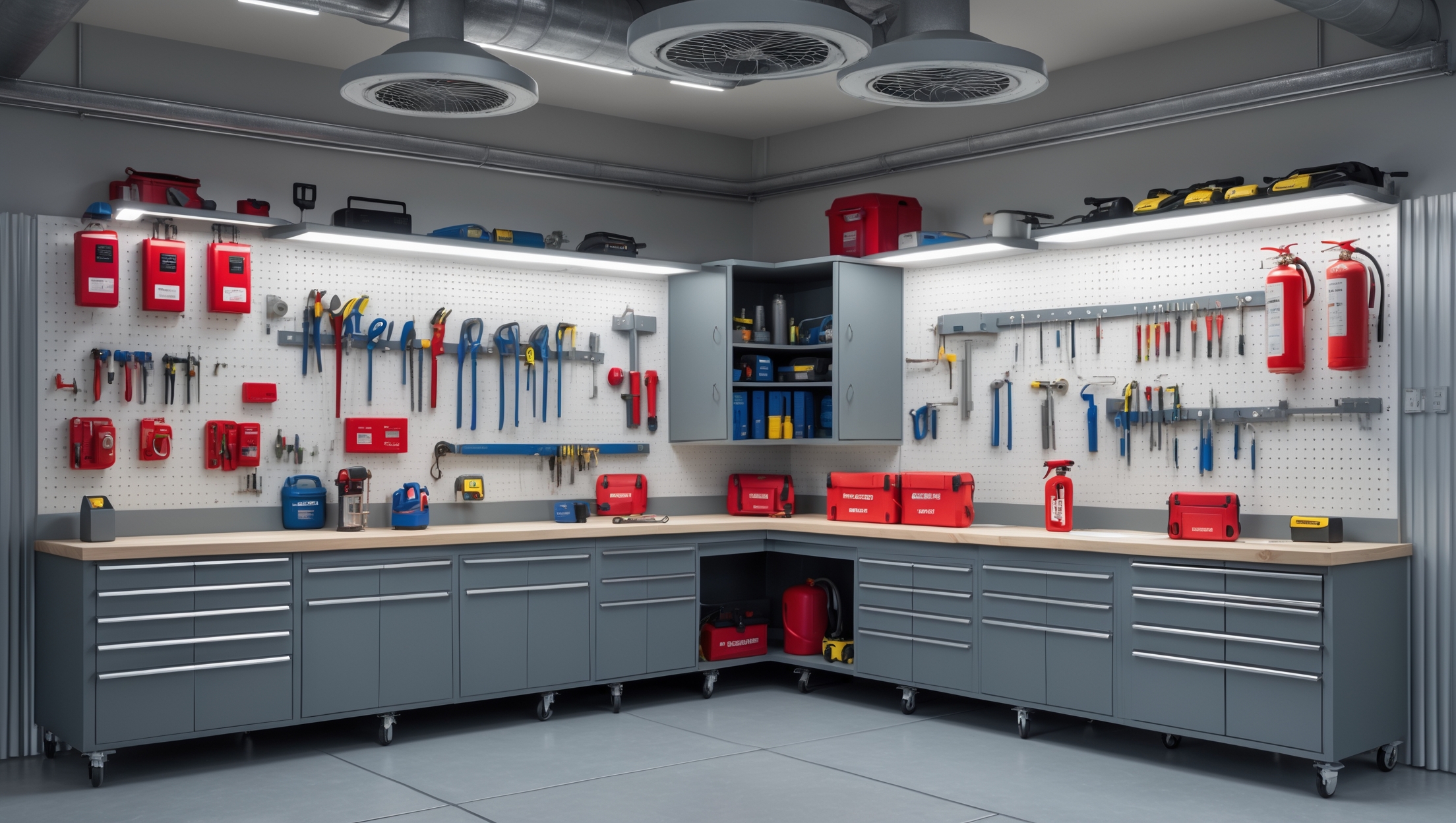

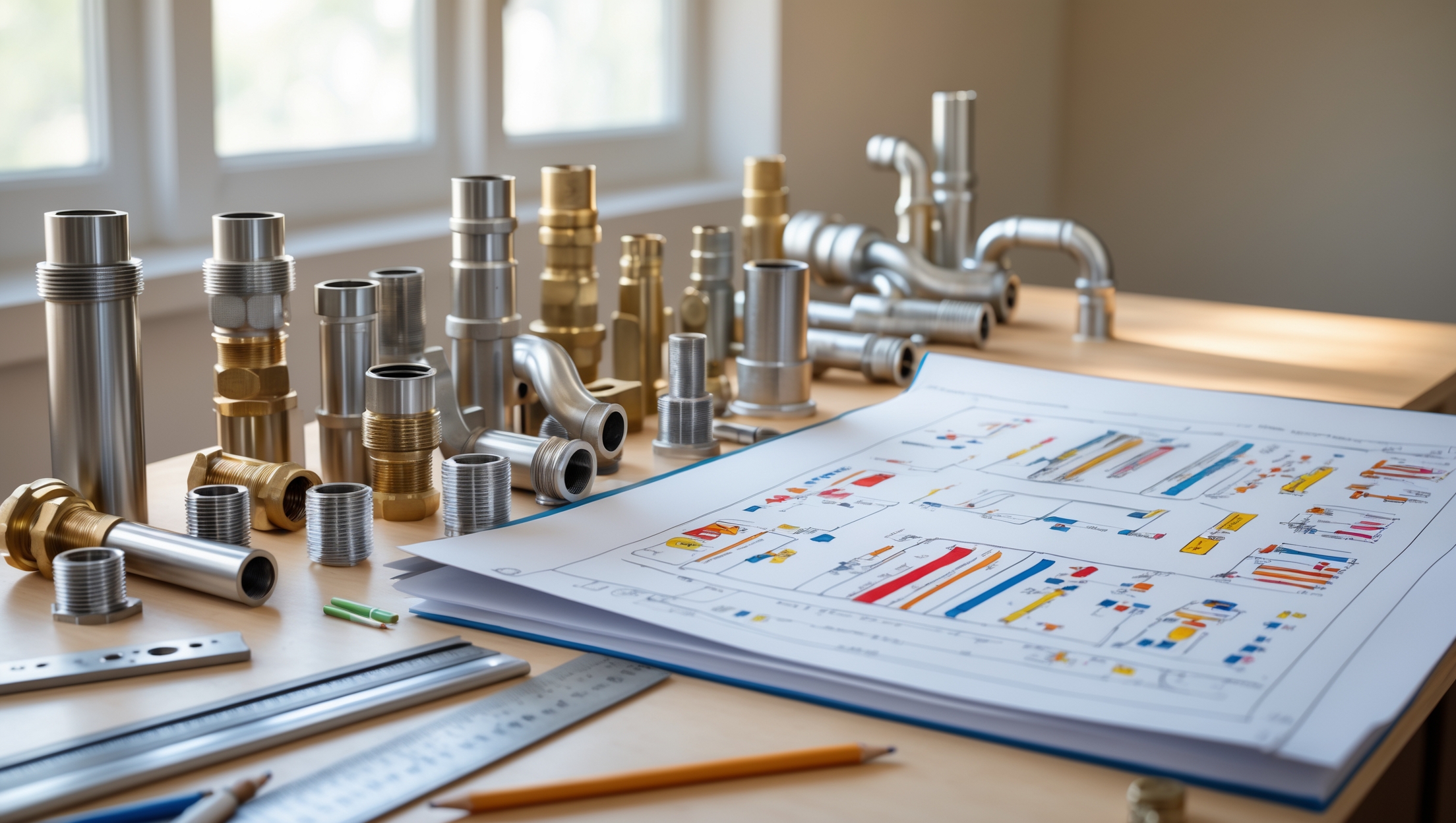
Brian Smith
When sorting through tools to declutter, how do you decide whether to repair or replace something that’s seen a lot of use but still technically works? I find it hard to let go of tools I might need someday.